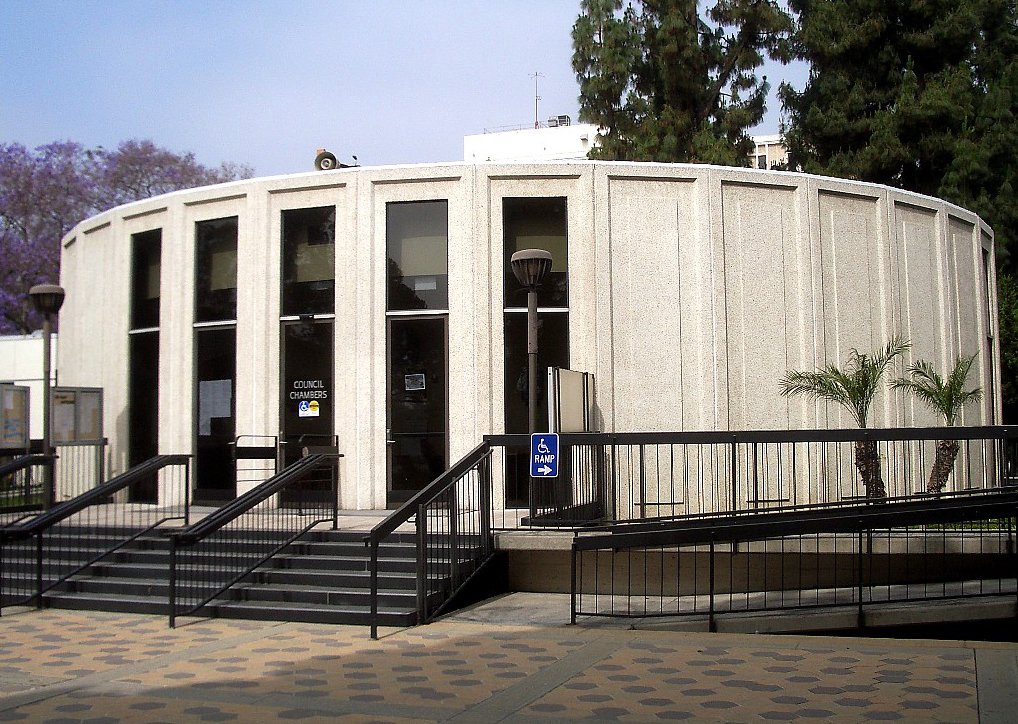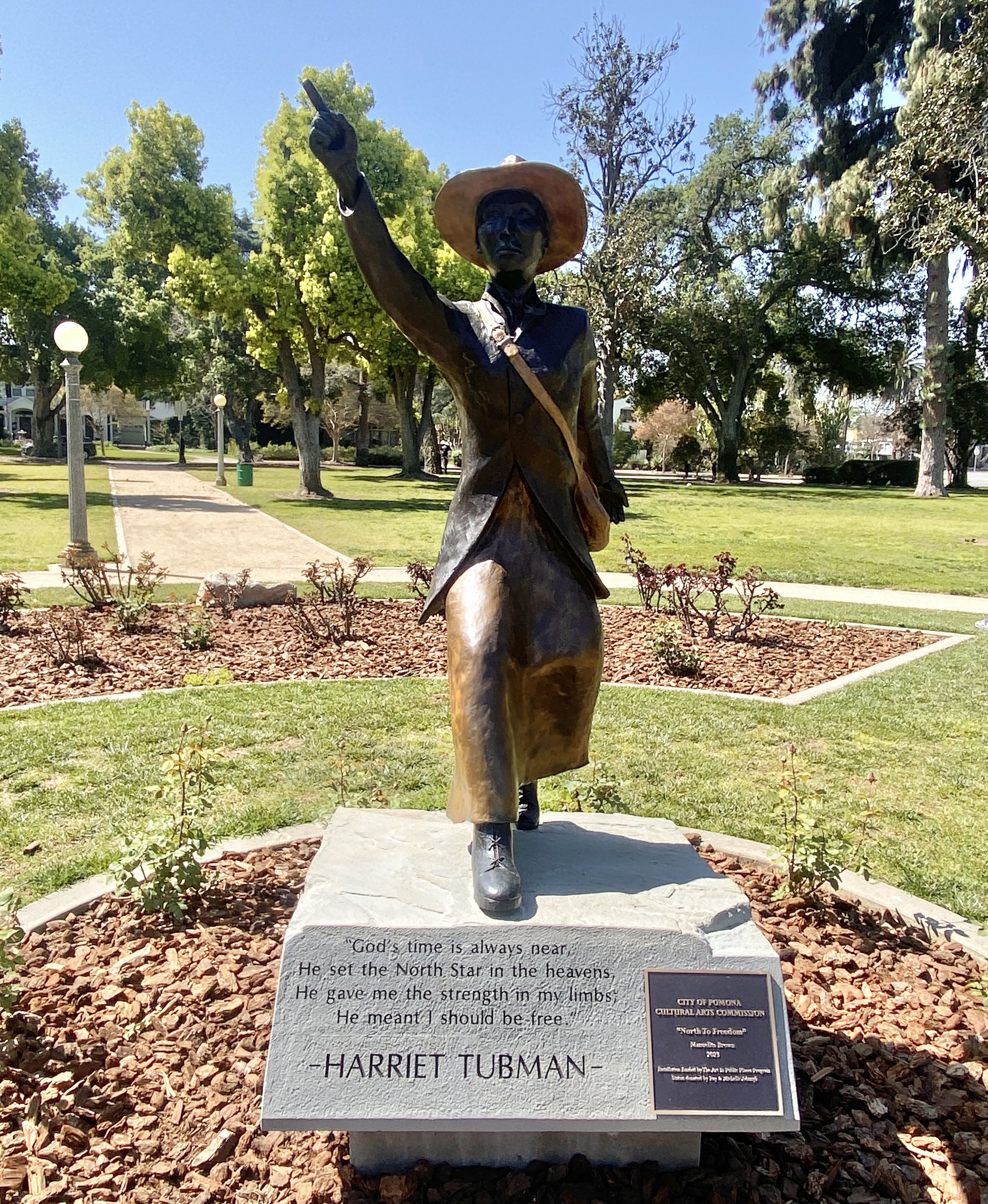By Julian Lucas
Published October 3, 2023 | 9:03am PST
Californians believed they were getting out of the private prison business on January 1, 2020 when A.B. 32 became a law. A.B. 32 prohibits California's Department of Corrections and Rehabilitation from signing or renewing a contract with a private prison company after that date.
However, that is not the case. The state continues to invest heavily in supporting for-profit correctional services. AB32 included exemptions which allowed private prisons to focus on other profitable "community corrections" programs, such as day reporting centers, counseling facilities, halfway houses, rehabilitation centers, medical offices, and mental health facilities. Currently, these exemptions are worth around $200 million a year. Included are locations that mimic detention facilities and are run by organizations that also run private prisons in California.
In 1865, at the end of the Civil War, the U.S. Senate passed the 13th amendment. Under its terms, slavery was not abolished, but merely reformed. Anybody convicted of a crime after 1865 could be leased out by the state to private corporations who would extract their labor for little or no pay. According to the Harvard International Review, in certain instances, this created even worse conditions than those that had existed during the days of slavery because private corporations were under no obligation to care for their forced laborers – they provided no healthcare, nutritious food or clothing to the individuals they were exploiting.
This brings us to the issue of present-day private prisons. They have been in existence for the last 39 years. Reagan ushered in the privatization of prisons with his ’War on Drugs’ in 1984. Because this “war” included harsher sentencing incorporating mandatory minimum sentences, it fueled the rapid and sudden rise in prison populations. This expansion placed a burden on the state - its prisons became overcrowded. In answer to this problem, for-profit private prisons sprang up in many states across the U.S.
Between 1980 and 2013, the total number of federal inmates increased by 800 percent, according to the Bureau of Prisons. This increase far exceeded the existing prisons’ capacity, and privately-run correctional institutions stepped in to house and absorb the overflow of convicted persons. Even with this expansion, in 2013, both federal and private prisons were seriously overpopulated and the privately-run prisons held about 30,000 ‘excess’ inmates.
The Federal Bureau of Prisons said then that approximately 195,000 people were incarcerated in the Bureau's or private-contract facilities. Today, there are nearly 152,000 people incarcerated federally, with 14,000 housed at privately-managed facilities, according to the Associated Press.
In 2019, private prisons in the United States imprisoned 115,428 individuals, accounting for 8% of the total state and federal prison population. The number of individuals held in private prisons has grown by 32% in the last 21 years, compared to a 3% growth in the general jail population.
At the beginning of this year, President Joe Biden signed an Executive Order that will begin to phase out the Department of Justice’s use of private prisons.
This Executive Order mirrored efforts to disband private prisons in the Obama era, but Obama’s policy was canceled by the Trump administration in 2017. Biden’s Executive Order goes further than Obama’s by applying the Executive Order to the U.S. Marshall Service as well.
Which brings us to a couple of private corporations, with innocuous names that are in the business of private prisons - the GEO Group and CoreCivic. The GEO Group, a Florida-based company that owns, leases, and operates prisons, immigration detention centers, and residential reentry centers in the U.S., Australia, and South Africa. In 1988, Geo Group was established as a Wackenhut subsidiary. Through an initial public offering, the company became public in July 1994. WCC management raised money in 2003 to repurchase all of G4S's common stock, and in 2004 the business changed its name to The GEO Group, Inc.In 1997, Geo Group opened Taft Correctional Institution, its first privately operated prison, located in Kern County. The 2048 bed facility closed in April of 2020.
CoreCivic, like GEO Group operates reentry centers as they define them as transitional centers. There they state “transitional centers help justice-involved individuals ease into their new life after incarceration, and provide non-residential options like electronic monitoring” They also operate detention facilities which are used to hold immigrants. There are five such facilities in California with a reentry center located in Long Beach, and two detention centers in San Diego and two other correctional facilities in central and northern California.
According to Zippia, GEO Group’s peak revenue was approximately $2.5 billion in 2019, and in 2021 the GEO Group annual revenue was $2.3 billion -3.98% growth from 2020. The GEO Group annual revenue for 2022 was 2.4 billion, a 5.32% growth from 2021.
As a result of Biden’s Executive Order, private prisons, includeing both GEO Group and CoreCivic, have experienced serious drops in investors. When the President announced his intention, stocks for both companies fell dramatically. While Geo Groups fell 55% in 2021, CoreCivic fell 61% during the same time period.
Time will tell what will happen.
Since their inception, private prisons have posed a constitutional problem for the U.S. Since both the U.S. and state governments are responsible for incarceration, benefiting from mass incarceration is prohibited by the United States Constitution. The government is the only entity that has the authority to contract with private prisons and this has resulted in a very serious lobbying effort on the part of the private prison corporations. These corporations spend millions of dollars on both lobbyists and political candidates promoting their industry and advocating for harsh sentencing policies. They oppose any and all criminal justice reforms, including legislation that would subject prison corporations to public information laws, because it would compromise their ability to make money.
How does this relate to the City of Pomona?
The GEO Group, operates a Day Reporting Center in Pomona. It opened in 2013. In 2020, I reached out to Monica Hook, GEO’s Vice President of Communication, asking a series of questions regarding GEO’s existence in Pomona, its funding and corporate structure, its partnerships with local agencies, and the reason why there is no visible company signage on the exterior. My questions also included if there was any community awareness - I wondered why the city of Pomona was selected as a site. I asked if Geo Group Administrators were aware of a specific area in Pomona that is known for high amounts of crime, including prostitution - an area often referred to as “The Blade.'' And I asked if local law enforcement is aware that the GEO Group exists and if they have ever been called to the facility. VP Hook declined to answer the majority of my questions. She basically only answered when GEO set up in existence in the city. She did provide me with a very generalized description of the reentry program which can also be found on GEO Group’s Website:
“The Pomona Day Reporting Center (DRC) opened in 2013 in partnership with the California Department of Corrections and Rehabilitation (CDCR). CDCR Parole Agents assign moderate to high-risk parolees to the DRC for evidence-based programming and services to assist them with long-term behavior change. Our programs are located in communities where they are most needed and offer a cognitive behavioral change curriculum focused on meeting each participant's risks and needs.
“Through the assessment-based program, participants learn the life skills and coping mechanisms needed to successfully reintegrate into their communities and reduce the likelihood of returning to the criminal justice system. The center offers extensive reentry services designed to provide each participant with the necessary tools to establish a positive lifestyle, take responsibility, and become self-sufficient. At the Pomona DRC, community connections play an important role in helping participants search for jobs or identify community support for a productive reentry. Programming includes substance abuse treatment, anger management, parenting skills, and additional services to promote a pro-social lifestyle in a safe and secure environment.”
After making contact with the city of Pomona, city staff confirmed that Geo Group opened in 2013 in the city of Pomona at 1295 E. Holt Ave. The City claims there are no partnerships with GEO Group, the city of Pomona has also said they have “no agreements with GEO Group” when questioned about any partnerships. When visiting the facility and questioned why there wasn’t visible signage, the worker stated, “We try to keep a low profile and fly under the radar.”
























